An Upward Trend – Four is the New Three
About fifteen years ago, I predicted that three-story living for single-family homes and townhomes would become a thing. The reaction from many was, “Really? Will the market support that?” It has, in many urbanized suburbs, become a normal building type. Now, as land values continue to increase, driving the costs of homes upward, I believe that we are on the cusp of the next thing for California and the rest of the West – four-story living. Once again, I have been met with “Really?”.
We’ve already seen this evolving trend with three-story homes and townhomes utilizing the roof as deck space, sometimes with a small bonus room that includes the stair to the roof deck. And as delightful as these roof decks may be, the cost of construction including waterproofing (and maintenance for continuous waterproofing over the life of the home) is leading the question, why don’t we just enclose the whole deck?
In our quest to make land utilization more efficient, we are constantly looking for solutions to add more with less space. Of course, creative parking solutions are needed to boost efficiency – looking at the use of tandem parking or even mechanical parking are common discussion points. Adding another floor to a home or project can add substantial value, however it also brings the complication of Type VA-1-hour construction.
Some of our first efforts at four-story living were fostered by the need to boost density. Traverse in Milpitas for K. Hovnanian began in 2013 as a three-story townhome project. Upon review, we needed to increase the yield so, in the center of the project, we created a second product type where we double stacked townhomes over tandem garages. The upper units’ front doors were at a raised stoop about mid-way between first and second floors to minimize the stairway to the third floor living area.
Driven less by density but instead by massing, for our project Wilshire at Boulevard in Dublin for Brookfield Residential, the city insisted on four-story product along the major corridor to achieve an urbanized edge near the transit station. Our solution: stack two two-story townhomes on top of each other. The upper unit has a private elevator and direct access to its garage at the ground floor.
Today, Milpitas has a new BART/VTA transit station with new dense typologies planned near the station. Houret Court by City Ventures is plotting at an astounding 41.67 du/ac for townhomes without structured parking! One unit type has a two-car garage and a junior ADU on the ground floor with a three-story townhome stacked above that. The other, a sixteen-foot wide unit type with a one-car garage on the ground floor has a small three level townhome above it. We used a similar approach for a proposed project on a steep hillside in San Francisco.
In a podium design for West Harbor Park Apartments in Vallejo for Klein Financial, we have two levels of walk-up flats with a two-story townhome stacked above, all without an elevator. Short corridors on the third floor link stairs to provide the required two means of exit due to the fourth floor.
This is not just a Bay Area phenomenon. In Santa Ana, our design for The Park at CityPlace was an early four-story adopter almost eighteen years ago! Part of an innovative mixed-use development across from Main Place Mall, the complex also includes live/work units and a small commercial component.
Fueled by our Tri Pointe Homes experience with four-story townhome design in Arlington and Louden County Virginia where this has long been a trend, we are studying many such opportunities and innovations. Back-to-backs, interlocks, row towns, stacked towns and single-family homes that boost yield are all on the boards.
Fifteen years ago, pioneer three-story living products were gradually introduced, pushing against the prevailing market ceiling. When enough finally broke through, this product type demonstrated acceptance by offering an economic means for families to afford the size home they desired. With maturity, it has become a relatively standard type.
Sea changes are always challenging but offer “something both rich and strange” as Shakespeare put it. Four-story living, as a more efficient utilization of land, has been demonstrated in a number of examples in the West. I predict we are on the verge of pushing that limit upward as we strive for more with less! Four is the new Three.

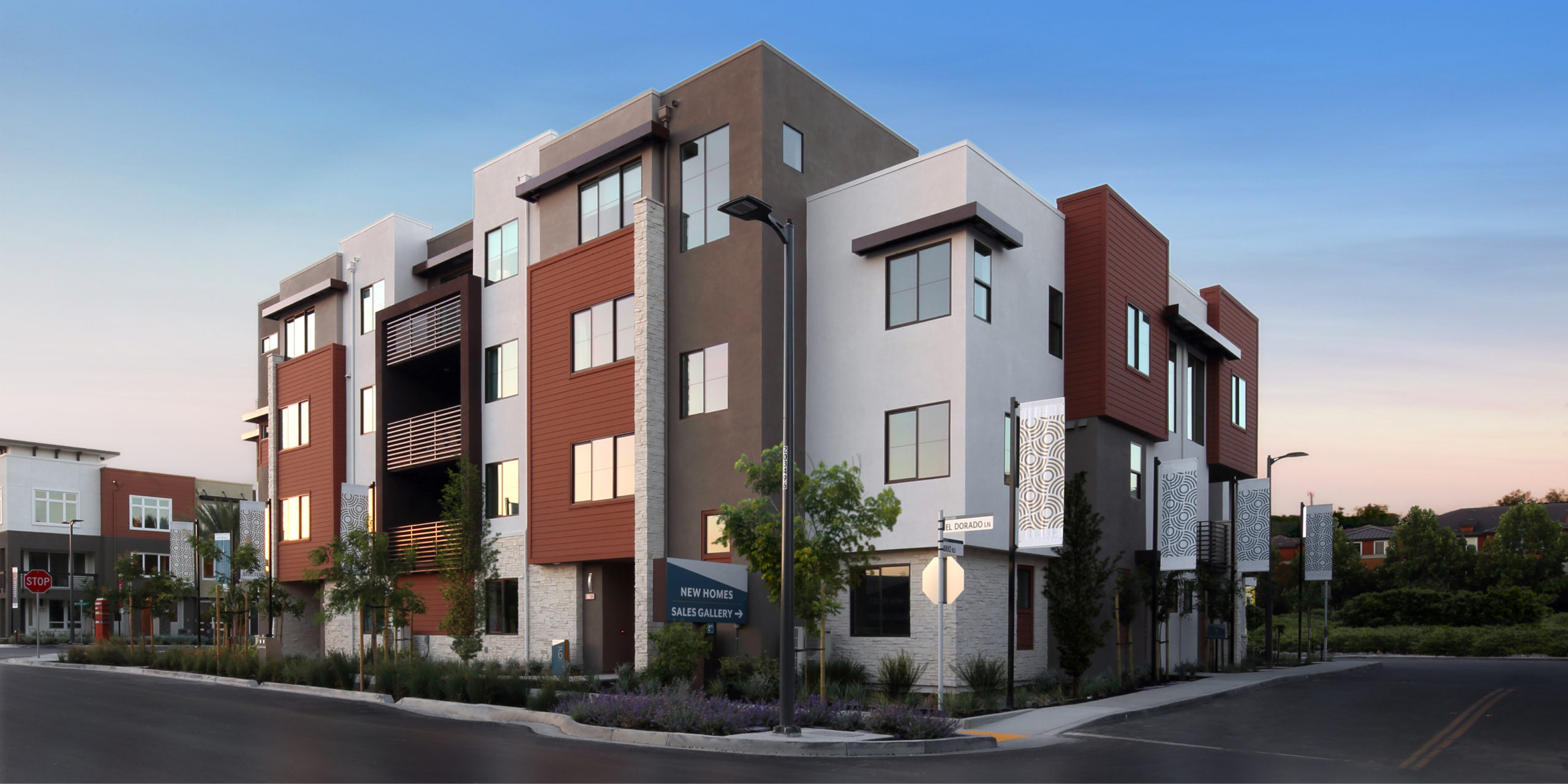
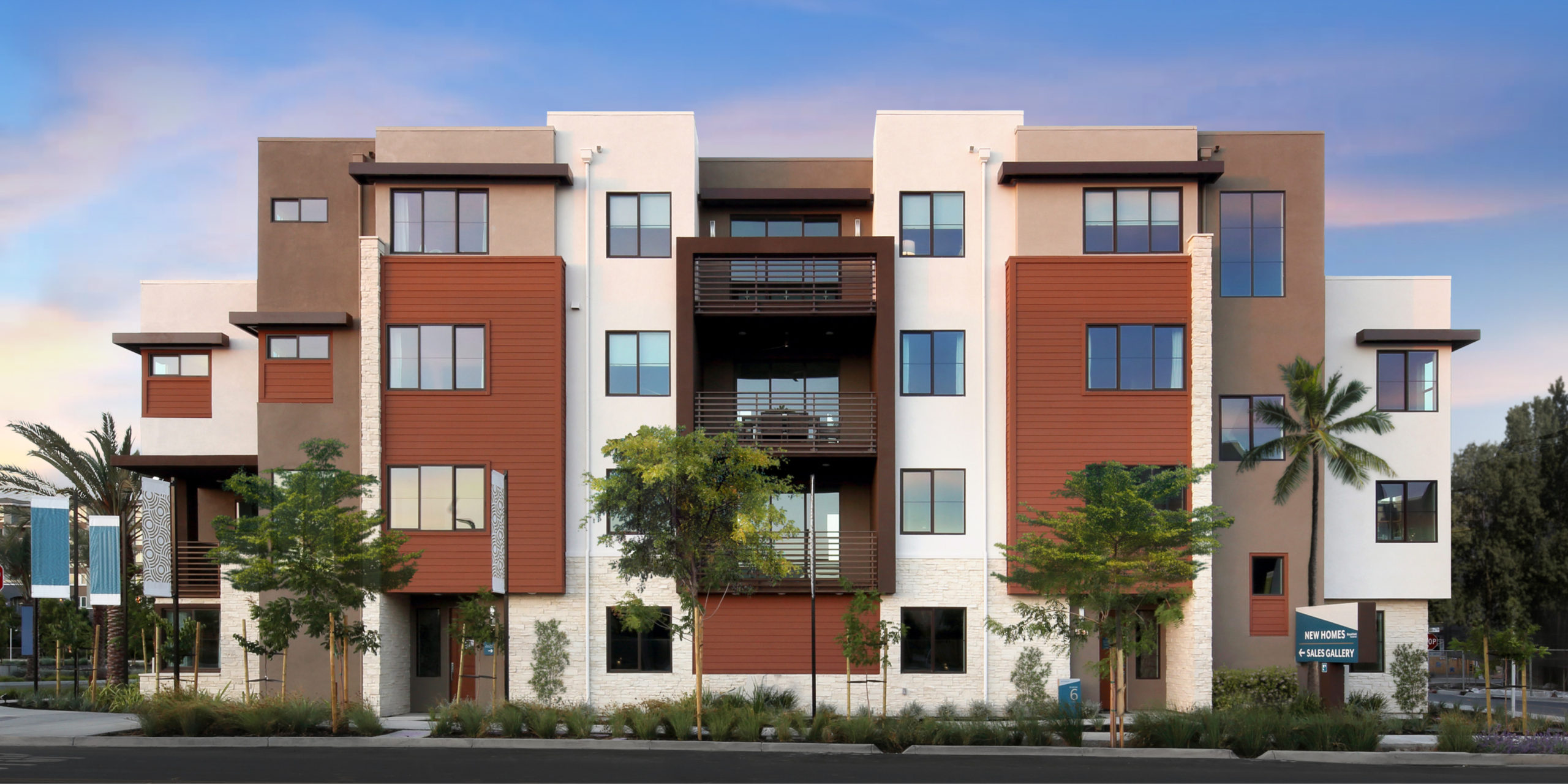
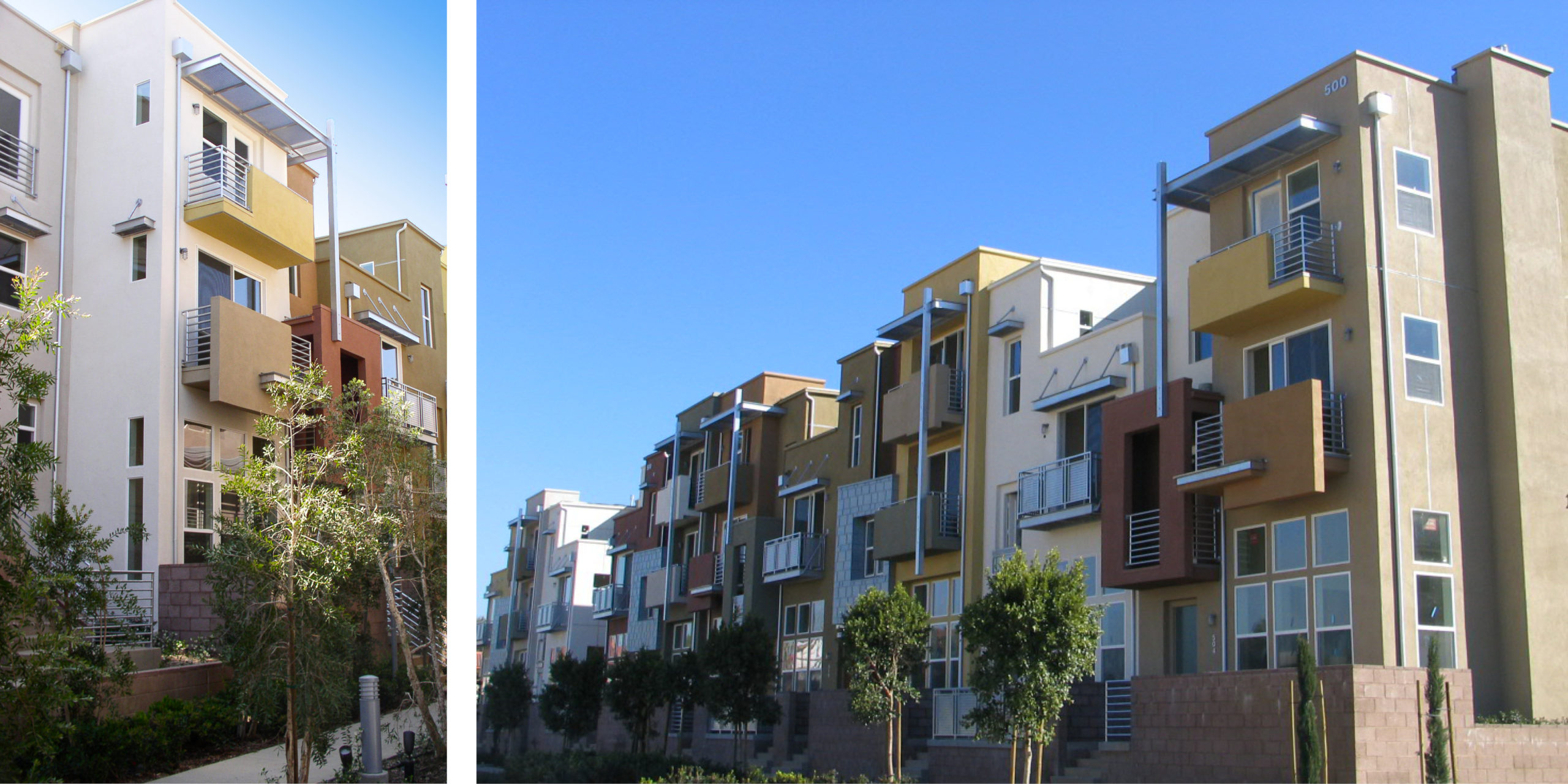
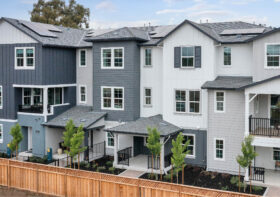
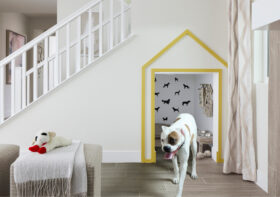
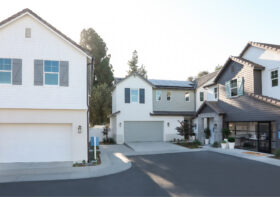
Leave a Reply